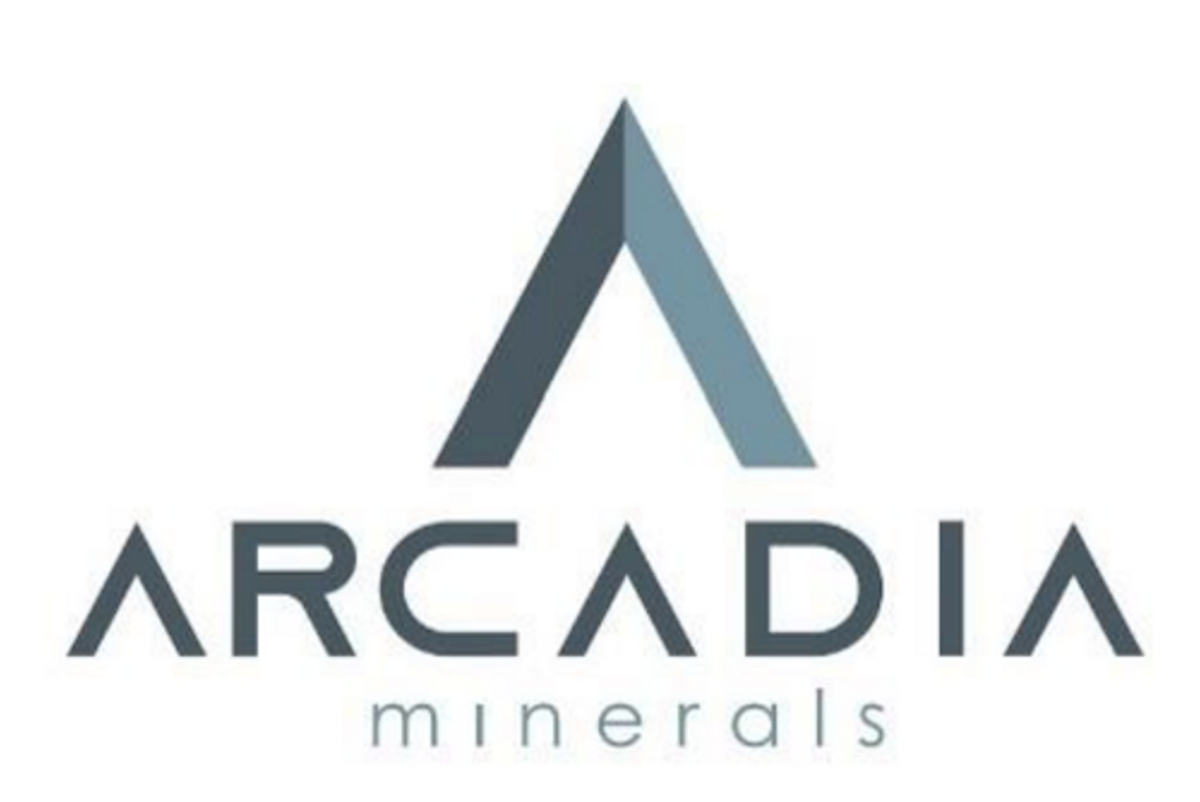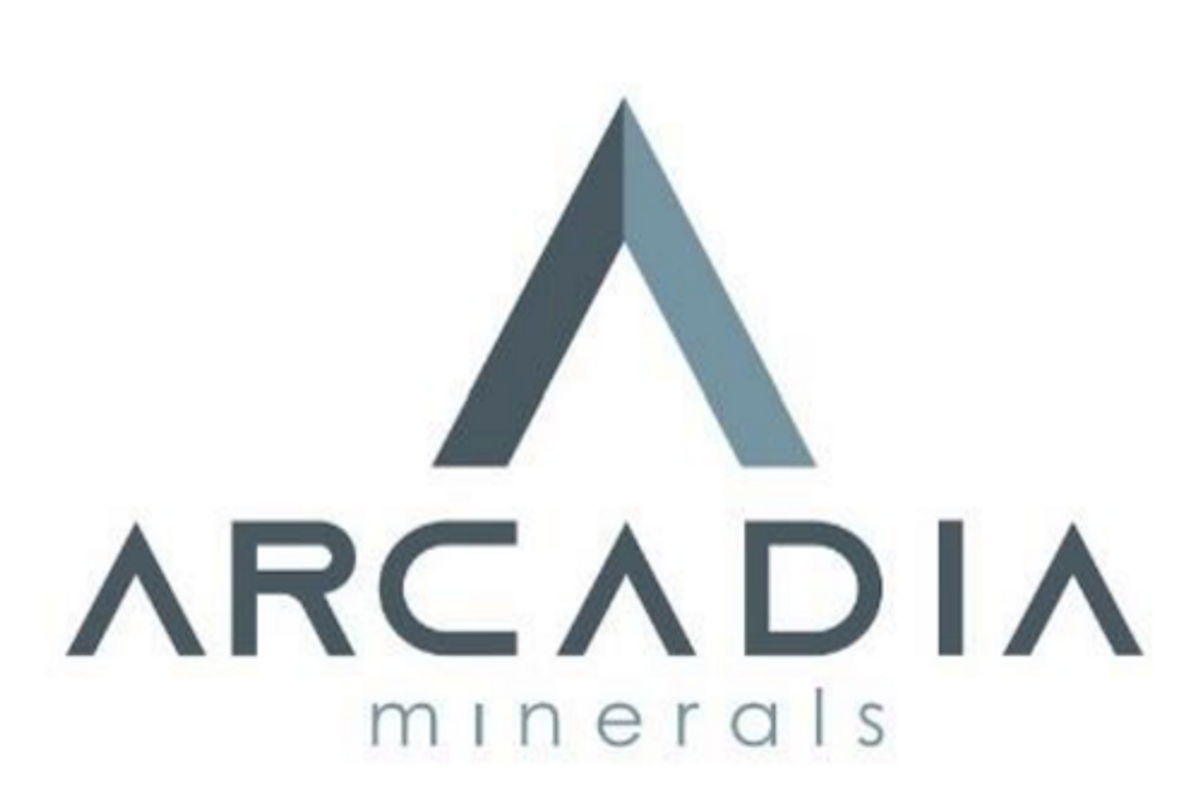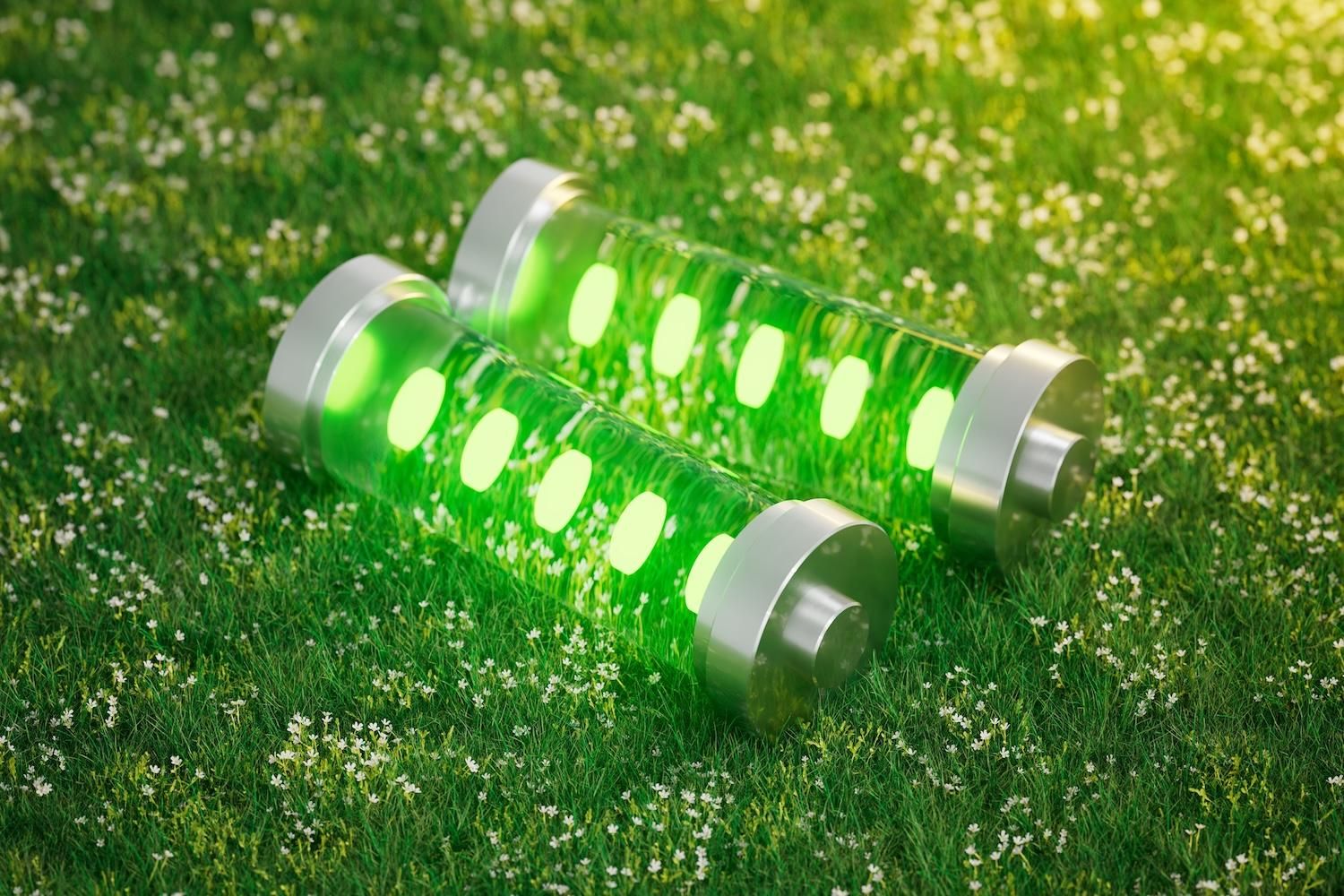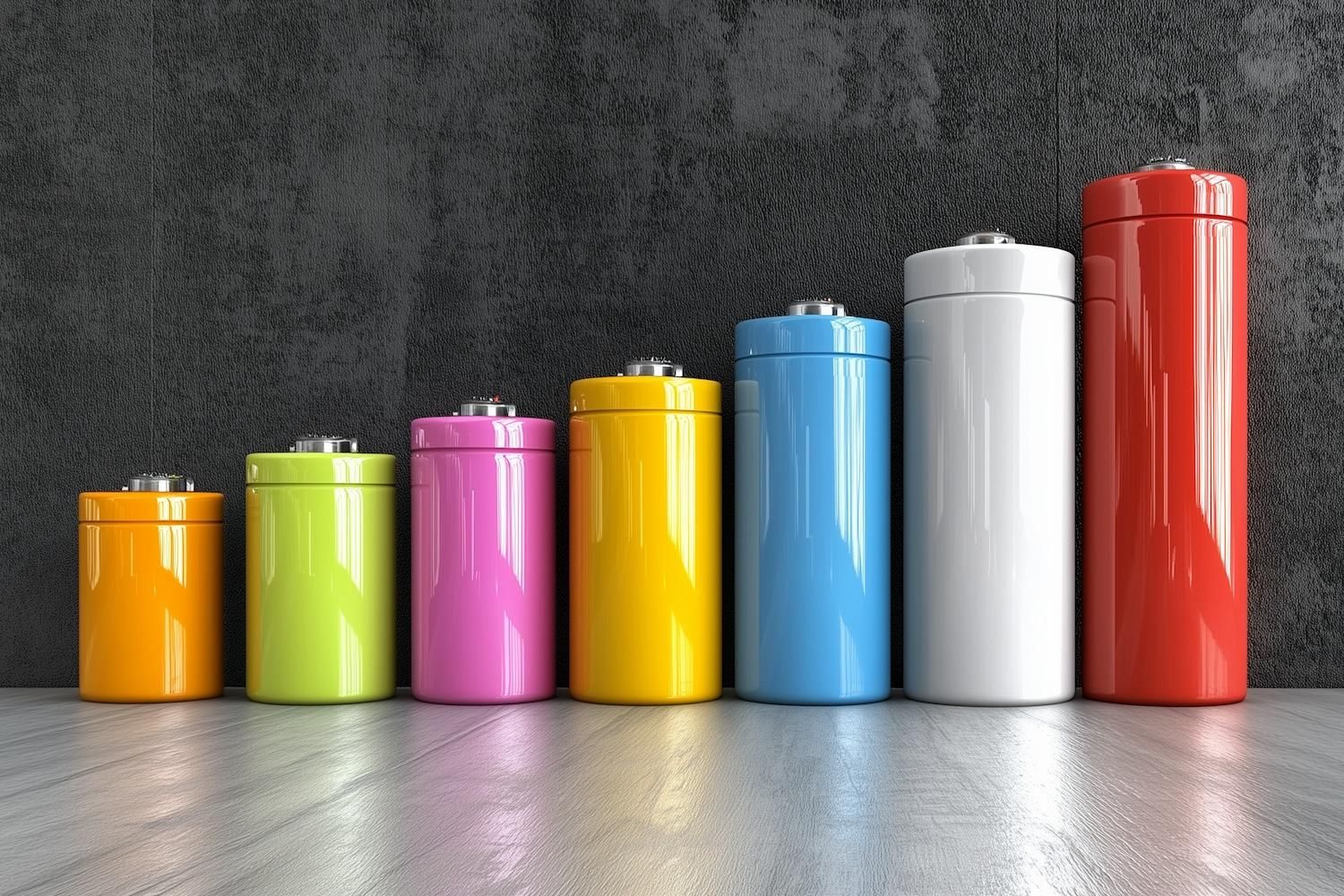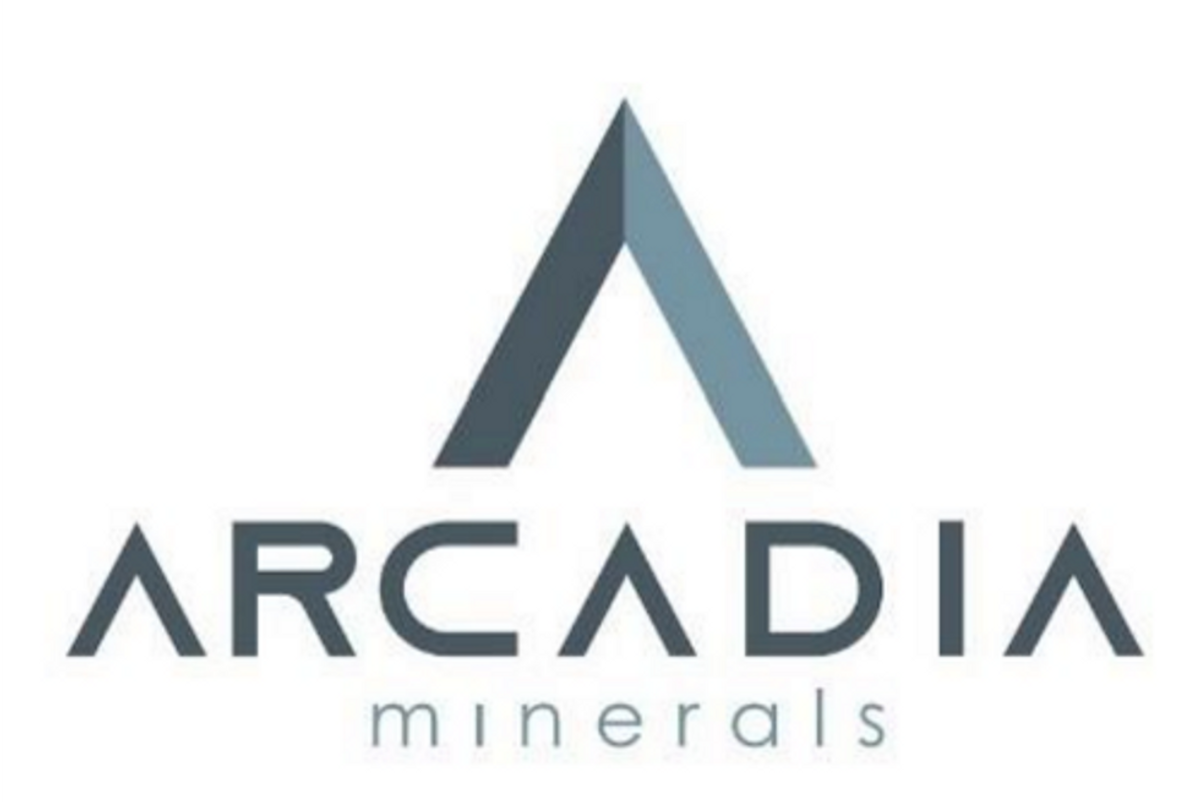
September 22, 2022
Arcadia Minerals Ltd (ASX:AM7, FRA:8OH) (Arcadia or the Company), the diversified exploration company targeting a suite of projects aimed at Tantalum, Lithium, Nickel, Copper and Gold in Namibia, is pleased to announce that its drilling contractor Hammerstein Mining and Drilling completed a 551m RC drilling program for 10 drill holes at the Karibib Copper- Gold Project in Namibia.
HIGHLIGHTS
- 551m (10-hole) Reverse Circulation (RC) Drilling program completed, with visual mineralisation encountered in 8 of the 10 holes
- Drilling only covered a 3km x 1km section of the 20km x 2km metasedimentary structure defined, where previous sampling included mineralisation grades of1:
- Average 4.32% Cu/1.49 g/t Au (Highest 28.4% Cu/7.65 g/t Au) in skarn-type, AND
- Average 1.94% Cu/2.06 g/t Au (Highest 5.69% Cu/26.3 g/t Au) in vein-type
- Visual inspection of RC-chip samples confirmed the interception of lithologies containing known mineralisation
- Mineralisation of sulphides and oxides (Chalcopyrite, Bornite, Pyrrhotite, Malachite and Azurite) were observed in RC-chip samples
- Samples dispatched to Scientific Services in Cape Town, South Africa for assay
- Results expected to be received by end of October 2022
- Electro-magnetic survey underway to delineate detailed structural features associated with mineralisation
The drilling program consisted of 10 drill holes drilled at a -60 and -75 degree inclination and at varied azimuths and depths dependent on the inferred geometry and geology of the targeted zone (refer to table 1 attached hereto as Annexure 1). Visual mineralisation was successfully encountered in drill holes KRC01, KRC02, KRC03, KRC07, KRC09, KRC10, KRC11 and KRC13. As a consequence, an additional hole was drilled to intersect mineralisation at deeper depth. Drilling only covered a 3km x 1km section of the 20km x 2km metasedimentary structure previously defined by a grab sampling program. A location map of the drilled holes is attached hereto as Annexure 2.
240 samples were taken from lithologies that are known to contain mineralisation in the area, and dispatched to Scientific Services in Cape Town, South Africa for assay. Results expected to be received by end of October 2022.
On the 7th of September 2021 the Company announced1 results from a grab sampling program over an inferred 20 km x 2 km metasedimentary structural feature. This structure contains similar geology than that encountered at the nearby Navachab Mine (5.3MozAu)2 and by various other explorers for gold mineralisation in the area, such as Osino Resources who developed its Twin Hills prospect3 (located 45km also within the Karibib gold belt) to contain a Mineral Resource of 2.1MozAu.
Click here for the full ASX Release
This article includes content from Arcadia Minerals, licensed for the purpose of publishing on Investing News Australia. This article does not constitute financial product advice. It is your responsibility to perform proper due diligence before acting upon any information provided here. Please refer to our full disclaimer here.
AM7:AU
The Conversation (0)
11 September 2021
Arcadia Minerals
A Battery Metal Explorer Operating Within Resource-Rich Namibia
A Battery Metal Explorer Operating Within Resource-Rich Namibia Keep Reading...
29 August 2022
Drilling Commenced At Karibib Copper-Gold Project
Arcadia Minerals Ltd (ASX:AM7, FRA:8OH) (Arcadia or the Company), the diversified exploration company targeting a suite of projects aimed at Tantalum, Lithium, Nickel, Copper and Gold in Namibia, is pleased to announce that it instructed Hammerstein Mining and Drilling to execute a 526m RC... Keep Reading...
29 July 2022
Quarterly Activities Report – June Quarter 2022
Arcadia Minerals Limited (ASX:AM7, FRA:8OH) (Arcadia, AM7 or the Company), the diversified exploration company targeting a suite of battery metal projects aimed at Lithium, Tantalum, Nickel, Copper and Gold in Namibia, is pleased to provide its quarterly activities report for the period ending... Keep Reading...
09 May 2022
Kum-Kum Nickel Project Mineral Systems Approach Results
Arcadia Minerals Ltd (ASX:AM7, FRA:8OH) (Arcadia or the Company), the diversified exploration company targeting a suite of projects aimed at Tantalum, Lithium, Nickel, Copper and Gold in Namibia, is pleased to announce that the Department of Earth Sciences at the University of Stellenbosch... Keep Reading...
23h
Livium Receives A$663k in RsD Tax Incentive Rebates for VSPC
Livium Ltd (ASX: LIT) (“Livium” or the “Company”) advises that it has received A$663,000 in research and development ("R&D") tax incentive rebates from the Australian Tax Office for the 2025 financial year ("FY25"), relating to its wholly owned subsidiary VSPC Pty Limited ("VSPC"). The rebate... Keep Reading...
01 December
Why SQM Says Social Dialogue is Key to Sustainable Lithium
As scrutiny continues to intensify across the battery metals supply chain, the conversation around sustainability has moved far beyond carbon footprints. At this year’s Benchmark Week, Stefan Debruyne, director of external affairs at Sociedad Quimica y Minera de Chile (SQM) (NYSE:SQM), made that... Keep Reading...
27 November
Battery Storage Market Surging as Electricity Demand Enters New Era
Speaking at Benchmark Week, Iola Hughes, head of battery research at Benchmark Mineral Intelligence, outlined a market that is undergoing “very strong growth" and becoming indispensable to energy security.Hughes described energy storage as the fastest-growing segment in the battery sector today.... Keep Reading...
27 November
Inside Billionaire Gina Rinehart's Key Mining Investments
Australian billionaire Gina Rinehart has become a formidable force in the global mining industry. After taking the helm of her father’s iron ore firm Hancock Prospecting in 1993, she embarked upon a diversification strategy that has vastly expanded her resource empire. Now Australia’s richest... Keep Reading...
26 November
Long State Funding Update
Atlantic Lithium (A11:AU) has announced Long State Funding UpdateDownload the PDF here. Keep Reading...
24 November
CATL Reportedly Plans to Restart Key Chinese Lithium Mine by December
Contemporary Amperex Technology (SZSE:300750,OTC Pink:CTATF) is preparing to restart its Jianxiawo lithium mine in Jiangxi province as soon as early December, sources familiar with the matter told Bloomberg.The sources, who declined to be named, said the company, better known as CATL, has asked... Keep Reading...
Latest News
Latest Press Releases
Related News
TOP STOCKS
American Battery4.030.24
Aion Therapeutic0.10-0.01
Cybin Corp2.140.00
